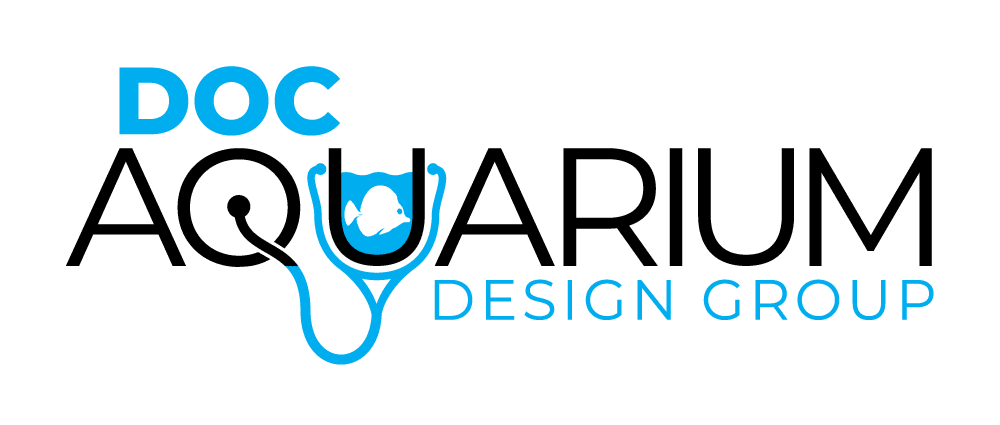The Pink Table Acropora sp.
Original price was: $60.00.$40.00Current price is: $40.00.
Frags are approximately 1 inch
Out of stock
Out of stock
If you like good growing tabling acros then this is the call. Place the pink table next to the Acro USA for some good contrast. Doc likes to add this combo to many of our reef custom aquarium designs.
Acropora corals are one of the more challenging corals due to the fact chemistry levels need to be stable in order for this coral to do well. Regular testing of alkalinity and calcium are recommended. Flow needs to be alternating and strong. The colors will look great with good lighting, flow and certain nutrient levels. We like to install these corals high on the reef crest in all Doc’s coral reef aquarium installations.
Lighting: medium high – strong lighting 150-350 plus PAR.
Flow: medium – high
Care Level: intermediate- advanced
Original Location Range: Indonesia, Coral Triangle, South Pacific
Grown in our California coral farm where we provide zero impact corals
Water chemistry Calcium 400-450, Magnesium 1350, KH 7-9.5, pH 8.1-8.4, Nitrates .01-10, Phosphates .01-.1 salinity 1.026
Temperature Range: 74- 81 Fahrenheit
Dosing: Doc highly recommends automated dosing of Ca, Kh and other elements to provide ultimate stable water chemistry throughout the day. It is important there are no large fluctuation swings especially with Kh/alkalinity. For more information on dosing and products click here.
Placement recommendations: Acropora coral will do best in the upper 1/3 of the aquarium where light and flow is high. Best to have alternating flow in a back and forth motion.
Attachment: Use disposable gloves, a small flathead sculpting tool, coral glue and coral clippers. In many of our custom aquarium builds we like to use coral glue. It is recommended to try and break off as much of the disk safe enough not to damage the skeletal branch or underside of the coral. We do this by using coral bone cutters. Add a good amount of coral glue to the underside of the coral branch. Prime the reef area you wish to place the coral by smearing the glue onto the rock. Press the coral disk onto the desired location. It does help to slightly twist, tilt back and forth the coral to help cure the glue. Press it down firmly and use your favorite sculpting tool to clean up and smooth out the excess glue. Be sure the coral is fully secure, the coral should never fall off the reef. Most frags will grow quite large so be a little generous with the glue to withstand the weight of the future coral colony growth. We find it helps using only the extra thick reef glue gel. Be sure to rub a little reef glue onto the reef section and there is enough reef glue on the coral plug to set it securely.
Click here for our favorite epoxy and reef glues.
Trouble shooting: Acros can and will brown out easy especially went first added to a new environment. Do not be surprised if your colorful Acropora fragment loses some color for a while. They will also brown out from any unstable levels or high nutrients. In our aquarium maintenance program we always try to keep consistent water parameters best for the coral. Pests like acropora eating flatworms aka aefw will also cause the coral to brown out and even die. Keep an eye out for slow tissue necrosis and rapid tissue necrosis.





Reviews